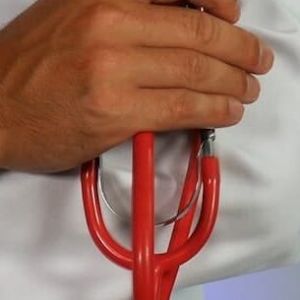Apex Recovery is dedicated to helping people overcome opioid addiction through comprehensive drug detox and rehab services in Tennessee. We accept health insurance from a wide range of major providers, including Aetna, Ambetter, Cigna, Blue Cross Blue Shield, United Healthcare, and more. We offer private inpatient medically supervised opioid detox with 24-hour clinical support provided by experienced and qualified staff. Using evidence-based treatments and a holistic approach to recovery, we create opioid addiction programs with flexible time frames to support your needs.
Located in a modern, clean facility designed to feel welcoming and comfortable, Apex Recovery is easily accessible from Nashville, Memphis, Knoxville, Clarksville, Brentwood, and other Tennessee locations such as Murfreesboro. Apex is a licensed and accredited drug and alcohol addiction rehab provider that is approved and trusted by insurance companies – we are committed to excellence in opioid addiction care.
If you’re wondering whether your medical insurance covers opioid detox or rehab, contact Apex Recovery today. Our team is here to help you verify your insurance coverage and discuss your options for residential drug and alcohol addiction rehab programs. Call us at (877) 881 2689 to learn how we can support your path to recovery in our Tennessee opioid recovery centers.
What is Opioid Use Disorder?
Opioid Use Disorder (OUD) is a medical condition caused by the misuse of opioids, including prescribed pain relievers, heroin, or synthetic opioids like fentanyl. It is characterized by an inability to control opioid use despite negative consequences to mental, physical, or social well-being.
Opioid use disorder affects millions nationwide, leading to opioid addiction and serious health risks. OUD, often linked to dependency on prescription opioids or illicit drugs, requires professional care and support. Effective treatment options like medication-assisted therapy and counseling help address both the physical and psychological aspects of opioid dependency, guiding you toward attainable recovery.

What is Opioid Addiction Rehab?
Opioid addiction rehab focuses on helping people recover from their dependence on opioids. Rehabilitation programs aim to reduce withdrawal symptoms, treat underlying issues, and prevent relapse through a combination of personalized therapies, support, and education. Specialized rehab services for opioids are able to provide the care and medical expertise needed to reclaim a healthier life.
Opioid rehab programs in the U.S. offer a range of services such as medication-assisted treatment, individual counseling, and group support. Located in dedicated opioid recovery centers, they are designed to address the challenges of opioid dependency while promoting long-term recovery for you or a loved one. Comprehensive opioid treatment services help you build the resilience and skills needed for lasting sobriety.
Popular Cities in the Volunteer State for Opioid Addiction Recovery
Most major private health insurance providers typically offer coverage for opioid addiction recovery throughout Tennessee. This means that people across the Volunteer State, from urban centers to smaller communities such as Brentwood Estates, Franklin or Oak Hill, Tennessee, have access to the help and support needed to overcome substance misuse and start on the path to recovery.
Apex Recovery provides private residential inpatient and outpatient facilities in Tennessee, accepting health insurance for opioid rehab. Whether you’re based in Nashville, Memphis, or Chattanooga, our high-quality addiction treatment programs are designed to make recovery accessible no matter where you live. Our team is dedicated to helping you take the first steps toward healing.
With opioid recovery centers easily accessible from Knoxville, Clarksville, and Murfreesboro, as well as other cities across Tennessee, Apex Recovery offers tailored care to meet your needs. Using evidence-based therapies and 24/7 clinical support, we strive to provide you with a safe and supportive environment for insurance-covered opioid treatment in Tennessee.
How to Find an Opioid Addiction Treatment Facilities Near Me That Take Health Insurance
Finding the right opioid rehab centers that accept insurance can feel complicated, but a few steps can simplify the process. By knowing what to look for and taking practical actions, you can make an informed decision that is right for you. Apex Recovery is here to assist you every step of the way.
- Search Online for Opioid Rehabs: Start by searching for local opioid recovery centers in Tennessee online. This can help you identify private rehab facilities near you and review patient testimonials to gauge quality. Look for information about their opioid treatment services and whether they accept your health insurance plan.
- Check Facility’s Accreditation and Reputation: Make sure the facility is accredited by trustworthy organizations. Rehabs with accreditation will deliver high treatment standards. Additionally, check reviews and feedback to verify the center’s reputation for providing effective opioid withdrawal treatment, care and professional support.
- Ask about their Opioid Addiction Treatment Programs: Reach out to facilities and ask about their specialized opioid treatment programs. It’s important to confirm they offer personalized and evidence-based approaches tailored to address opioid addiction effectively.
- Contact Apex Recovery Center Directly: For a more guided approach, contact Apex Recovery directly. We can assist with health insurance verification to determine coverage options and provide personalized care plans tailored to your recovery needs. Fill out our online contact form today to begin your treatment journey with expert support.


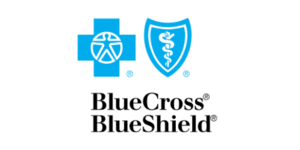

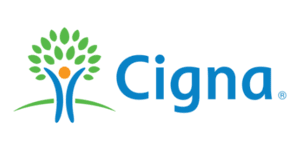

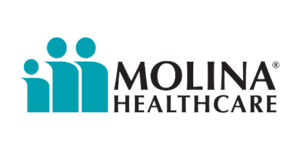
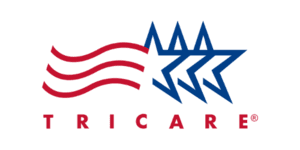
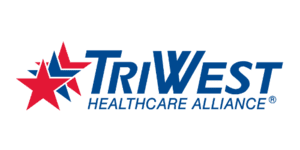
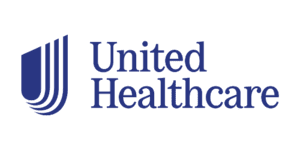
Contact Apex Recovery Tennessee to check your insurance coverage levels and discuss your Opioid rehab treatment needs.
Does Insurance Cover Opioid Detox?
Yes, most health insurance plans typically cover opioid detox in the Upper South as part of their substance use disorder benefits. However, coverage levels can vary depending on your insurance provider and the specific details of your plan. It’s important to understand what rehab services your policy includes to make sure you get the care you need at an approved opioid detox center.
To learn more about your coverage, contact Apex Recovery using our online form. Our dedicated team can help verify your insurance benefits and guide you through the process of accessing our opioid detox programs. We are here to answer your questions and make it easy for you to begin your journey with confidence and support.
Does Insurance Cover Opioid Rehab?
Yes, most health insurance providers often cover opioid rehab programs. This is because the Affordable Care Act mandates that Substance Use Disorder (SUD) treatment is an essential health benefit. However, coverage levels can vary depending on your specific insurance plan and provider. Understanding your policy is key when exploring options for opioid recovery services to make sure you can access the necessary care.
To find out more about using insurance for opioid treatment, contact Apex Recovery at (877) 881 2689. Our team can verify your benefits and guide you through our opioid rehab programs to get you started with minimal stress. With tailored services and expert support, we make navigating insurance and starting your recovery as smooth as possible. Get in touch today to get the answers you need.
Opioid Rehab Centers in Tennessee That Accept Health Insurance
Tennessee offers several opioid rehab centers that accept health insurance, making addiction treatment both accessible and affordable for residents. Apex Recovery provides multiple locations across Tennessee, making it more convenient for those seeking quality care nearby. Below are our Apex Recovery centers ready to support your recovery needs:
- Apex Recovery Brentwood: 209 Ward Circle, Brentwood TN, 37027
- Apex Recovery Columbia: 2710 Trotwood Ave STE A & B Columbia, TN 38401
Fill in the form below to request a call back from Apex Recovery Tennessee
Types of Insurance Plans That May Cover Opioid Addiction Treatment
Various insurance plans may provide cover for opioid addiction treatment, including outpatient and inpatient rehab services. Exploring different plan types can help you understand your coverage and select the best option for your needs. Below are some common types of insurance plans that often include benefits for opioid addiction treatment:
- Private Health Insurance: Offers comprehensive coverage for opioid addiction treatment, including detox, therapy, and aftercare programs.
- PPO Plans: Provide flexibility to choose opioid treatment centers inside or outside the network with varying levels of coverage.
- HMO Plans: Typically cover substance abuse treatment within a network, requiring referrals for specialized opioid addiction care services in Tennessee.
- POS Plans: Combine elements of PPO and HMO plans, allowing some out-of-network options with potentially higher costs.
- Employer Group Plans: Often include substance use treatment services as part of employee health benefits, promoting wellness in the workplace.
Health Insurance Providers That Cover Opioid Use Disorder Rehab in Tennessee
Several major health insurance providers, including Ambetter, Cigna, Blue Cross Blue Shield, and United Healthcare, offer coverage for opioid use disorder rehab in Tennessee. These providers support various treatment programs, allowing policy holders to access the care they need for recovery.
Additional insurance companies also extend coverage for opioid rehab in the state. Providers such as Aetna, Humana, Amerigroup, and Molina Healthcare include benefits for substance use treatment. Plans may offer options for inpatient and outpatient services, so that you can find suitable care close to home.
Other companies like WellCare, Magellan Health, TRICARE, and Anthem also play a significant role in providing coverage for opioid addiction treatment in Tennessee. Each plan varies in its benefits, so reviewing your policy or consulting with medical experts at a treatment center is essential for understanding your options.
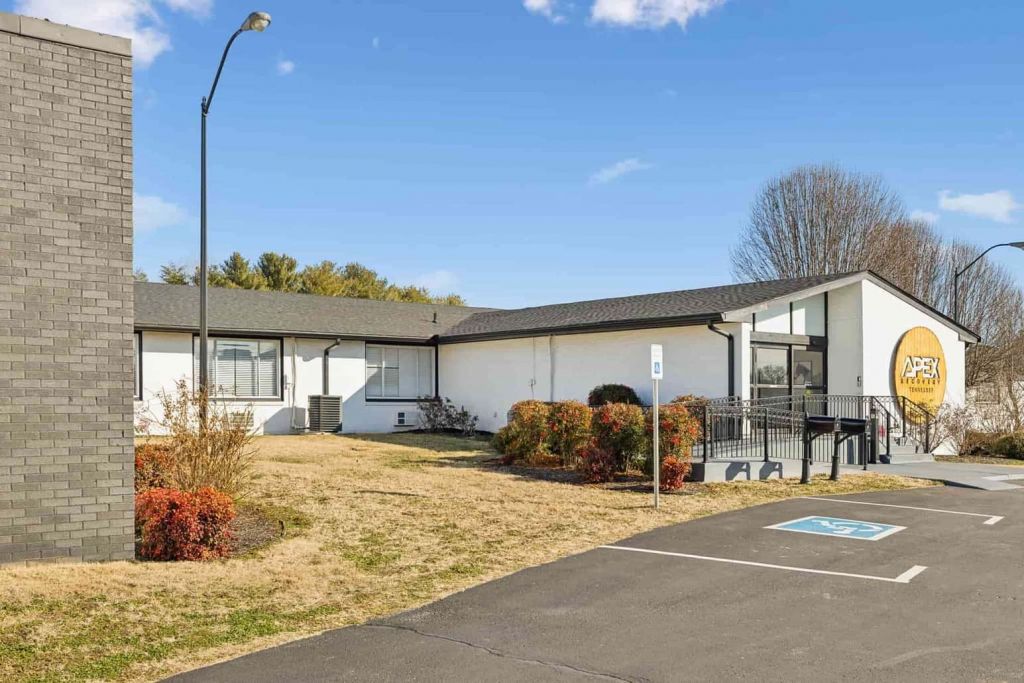
How Much Does Opioid Rehab Cost in Tennessee Without Health Insurance?
The cost of opioid rehab in Tennessee without health insurance ranges from $6,000 to $30,000 per month. This translates to approximately $200 to $1,000 per day for inpatient residential treatment, depending on the facility and the level of care provided.
Health insurance may cover your fees or a portion of inpatient costs, reducing the financial burden of drug rehab treatment near you. Contact our team at Apex Recovery at (877) 881 2689 to learn how your insurance plan may help cover the expenses associated with opioid addiction rehab in Tennessee.
If you don’t have health insurance for SUD rehab, Apex Recovery is here to help you. Get in touch to discuss your treatment needs and explore private pay options, so you can receive the care and support necessary for recovery.

Check Your Coverage for
Opioid Addiction Rehab
Apex Recovery provides Opioid addiction rehabilitation services designed for your comfort and recovery. To smooth out the process, Apex Recovery can verify your insurance coverage levels on your behalf, giving you access to understand what is covered and helping you focus on your healing journey.
Types of Opioid Addiction Treatment Services Covered by Health insurance
Health insurance plans often cover a variety of opioid addiction treatment services, making recovery more accessible and affordable. These services cater to different levels of care and personal needs, providing comprehensive support throughout the recovery process. Below are some common types of opioid rehab treatments that may be covered by medical insurance.
Inpatient Residential Opioid Rehabilitation
Inpatient residential treatment provides a structured and immersive environment for recovery from opioid addiction. Patients reside at the facility and receive 24/7 medical and emotional support. This offers a distraction-free setting where they can fully focus on recovery, away from triggers and external stress.
The benefits of inpatient opioid rehab programs covered by insurance include personalized care plans, evidence-based therapies, and close monitoring by medical professionals. Residential treatment in Tennessee is particularly beneficial for severe addiction or co-occurring health issues, offering a safe and stable space for healing.
Medically Supervised Opioid Detox
Detoxing from opioids can be physically and emotionally challenging. Medically supervised opioid detox provides a controlled environment where patients receive round-the-clock medical care. This creates a safer process, addressing withdrawal symptoms with appropriate medications and interventions.
The goal of supervised detox or medication-assisted treatment for opioids is to manage physical dependency and prepare for the next phase of rehab. Medical professionals closely monitor vital signs, mitigate discomfort, and provide immediate assistance in case of complications.
60-Day, 90-Day and Long-Term Opioid Rehab Programs
Opioid addiction treatment programs in Tennessee vary in length, offering flexibility to meet unique needs. Common durations include 60-day, 90-day, and long-term options. These timeframes allow engagement in structured therapies, building new habits, and developing coping mechanisms.
Short-term rehab programs may benefit those with milder forms of opioid addiction, while longer programs provide extended support for more complex cases. These durations are designed to provide the time necessary to address the root causes of dependency and build a solid foundation for sober living.
Residential Opioid Rehab with Dual Diagnosis Support
Dual diagnosis treatment addresses both addiction and co-occurring mental health conditions, such as depression or anxiety. Residential rehab facilities offering dual diagnosis support integrate therapeutic approaches that target opioid addiction and mental health simultaneously.
Dual diagnosis is a comprehensive approach that results in better long-term outcomes, as untreated mental health issues can often undermine your recovery. With insurance-approved dual diagnosis support, you receive counseling, medication management, and coping strategies tailored to your specific challenges.
Outpatient and IOP for Opioid Addiction Recovery
Opioid outpatient programs and intensive outpatient programs (IOPs) provide flexible treatment options for those unable to commit to full-time residential care. Outpatient opioid rehab can be more practical for balancing work, school, or family responsibilities while seeking support for opioid addiction.
Typically, participants attend therapy, counseling sessions, and educational workshops several times a week. IOPs for opioids often offer more structured and frequent treatment than standard outpatient care, bridging the gap between inpatient rehab and full independence.
Opioid Addiction Counseling and Therapies
Counseling and evidence-based therapies are foundational to addressing opioid addiction. Opioid addiction therapies can help you uncover the root causes of dependency, develop healthier coping mechanisms, and rebuild life in sobriety.
Common opioid counseling and therapy options covered by insurance include cognitive-behavioral therapy (CBT), group therapy, and individual counseling. Each session is designed to provide emotional support, build self-awareness, and strengthen resilience, empowering your recovery journey.
Apex Recovery accepts health insurance for opioid addiction rehab. Contact us to check your coverage levels and discuss your treatment needs.
Getting Health Insurance to Pay for Opioid Addiction Treatment
Understanding your health insurance for rehab policy is an essential first step toward securing coverage for opioid addiction treatment in Tennessee. Many policies include provisions for SUD recovery services, but the details can vary widely. Reviewing your plan’s benefits will help you determine what treatments are covered, such as inpatient rehab, outpatient care, or counseling services for opioid addiction.
For further clarity, contact your health insurance provider directly to ask about coverage specifics, including copays, deductibles, and pre-authorization requirements. Additionally, you can call Apex Recovery for assistance at (877) 881 2689. Our professional, understanding team can help with health insurance verification and provide personalized guidance to connect you with the opioid treatment services that meet your specific needs.
Statistics on Opioid Use Disorder and Addiction Treatment in Tennessee
- Approximately 70,000 Tennesseans are addicted to opioids, highlighting the severity of the epidemic in the state.
- Tennessee reported 1,307 opioid overdose deaths in a single year, with synthetic opioids involved in 63.3% of these cases.
- Tennessee ranks third in the U.S. for prescription drug abuse, despite efforts to reduce opioid prescriptions.
- The Volunteer State saw a 519% increase in opioid overdose deaths from 1999 to 2019, reflecting the growing crisis.
- Emergency room visits for opioid overdoses in Tennessee have steadily increased over the past five years.



